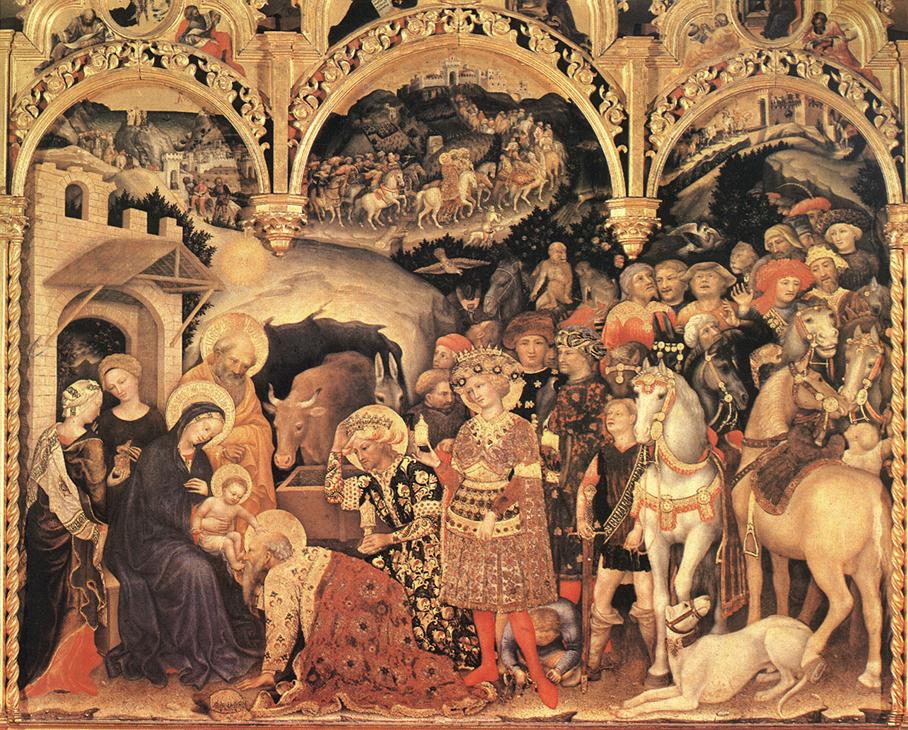Matthew’s Gospel gives us a blueprint for life taught by Jesus who is introduced from the outset as located solidly in Israel’s story. The genealogy shows Jesus at the apex of Israel’s three historical epochs: Abraham to David, Solomon to the exile, and the exile to Jesus.1
But this genealogy has a twist: it names not only Jews but Gentiles and not only men but women. Tamar, Rahab, Ruth, and Bathsheba, the Wife of Uriah, are not sainted Israelite matriarchs; three are non-Israelites. Although each was debased sexually, their lives furthered God’s purposes, showing the scandalous way in which God works.2
By the end of the genealogy we already know that we should expect the unexpected, look for God’s agents among the vulnerable and powerless, and learn how Jesus fulfills Israel’s history while radically disrupting it.3
Surprise and challenge is what preachers should attend to this year, seeing Jesus as a strong, resistant preacher in the five discourses that give the Gospel its structure.
- Chapters 5-7 — Sermon on the Mount
- Chapter 10 — Mission instructions to the Twelve
- Chapter 13 — Teachings through the Parables of the Kingdom
- Chapter 18 — Instruction for the churches
- Chapter 24-25 — Instruction on the eschaton
Theologically, what is Matthew doing? The discourses offer a trajectory from blessing through teaching and mystery to the end of time.
- The Sermon on the Mount announces blessing before it is a call to live a certain way. (Do our sermons, week after week, enact blessing on listeners? It is easy to “lay down the law”; it is harder to point to God’s work in our midst.)
- Jesus sends his followers out to heal, defining the church’s mission as healing and nurture for those in need.
- In parables, Jesus sets out puzzling images (sixteen of Matthew’s nineteen parables are in the RCL) that define God’s reign by inviting endless pondering.
- Addressing church issues, Jesus decimates destructive cultural values.
- When the disciples ask about ultimate things, Jesus exhorts them to keep awake, use their gifts wisely, and have mercy on others.
Jesus calls people to God’s empire where there is healing, casting out demons, and feeding. Throughout the season after the Epiphany following the Sermon on the Mount in Matthew we hear many teachings:
- you are salt and light;
- forgive and be faithful;
- love your enemies;
- give alms, pray, and fast;
- do not serve two masters;
- do not worry about tomorrow;
- build your house on rock.
And finally, Jesus’ death makes clear that the world’s empire is useless in the face of God’s resurrection.4
These teachings are essential for the church’s well-being. Simplifying or trivializing the import of God’s reign does not serve the church. Making worship exceedingly accessible or fun, for example, does not express welcome so much as it undermines the gospel’s profundity.
God’s word, heard and tasted in worship, declares that the true sovereign is not the emperor of this world but the one who sent him. God’s will for us is not the survival of our institutions but the way of dying and rising in Christ.
When Jesus instructs his followers to “Take my yoke upon you, and learn from me…” (11:28-30), we may hear this as comfort because of the next part: “… you will find rest for your souls.” In contrast to what we hear, however, Matthew’s audience may well have heard challenge: “Take MYyoke on you, and learn from ME…” Do not listen to the empire of THIS world. Learn from MY word.
We are called to ask whether — and how — we are driven by our hunger, whether we are engaging in self-justification instead of relying on God’s claim on us, and whether we have bought into believing that what is impressive is more important than what is ordinary. Are large churches more praiseworthy than small? Do we believe the Empire’s propaganda that bigger is better? Who is Caesar in our world, our communities, even in our churches? Who is obfuscating the truth about our world?
At the empty tomb, the women are told that Jesus will meet those who want to see him at a mountain in Galilee. It was on the mount that he gave his teachings. In Matthew, then, the way to Jesus is through Jesus’ teachings so that people “can see what they literally cannot see: Jesus in the hungry, the thirsty, the strange[r], the naked, the sick, and the imprisoned.”5
One caution for the preacher and the assembly alike is to remember that hungry, thirsty, strange, naked, sick, and captive people do not reside only outside the walls of the sanctuary. They are listening, as well, in the pews.
Matthew’s depiction of Jesus, the Son of God, radically challenges preachers by requiring that we hold in tension the disorientation of judgment and the reorientation of salvation6 in which although “Caesar has power . . . God is sovereign.”7
1 Stanley P. Saunders, Preaching the Gospel of Matthew: Proclaiming God’s Presence (Louisville: Westminster John Knox, 2010), 2-3.
2 Richard Carlson, “Reading and Interpreting Matthew from the Beginning,” in Currents 34, no. 6 (Dec 2007): 436.
3 Saunders, Preaching, 4.
4 Warren Carter, Matthew and Empire (Harrisburg, Penn.: Trinity Press International, 2001), 86.
5 Marianne Sawicki, Seeing the Lord (Minneapolis: Fortress, 1994), 87.
6 Saunders, Preaching, 2-3.
7 Ibid.

